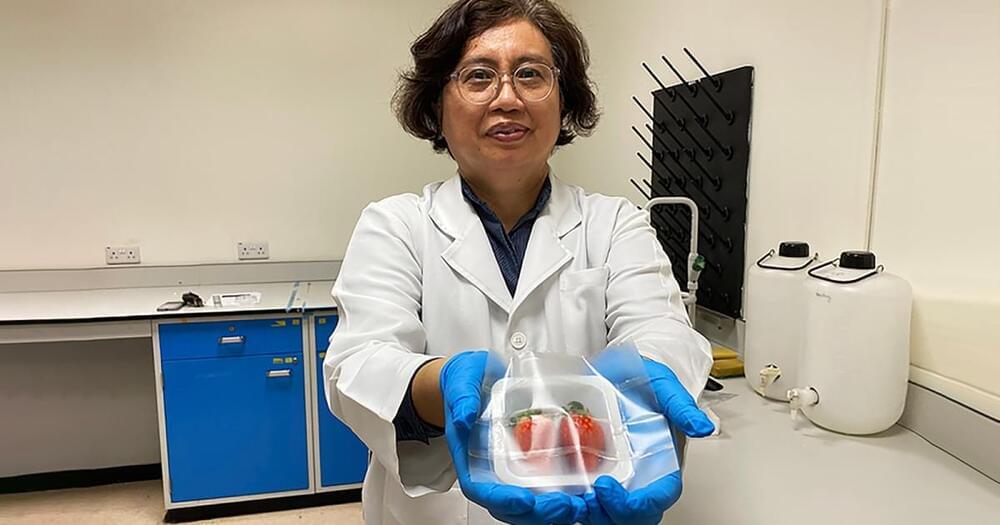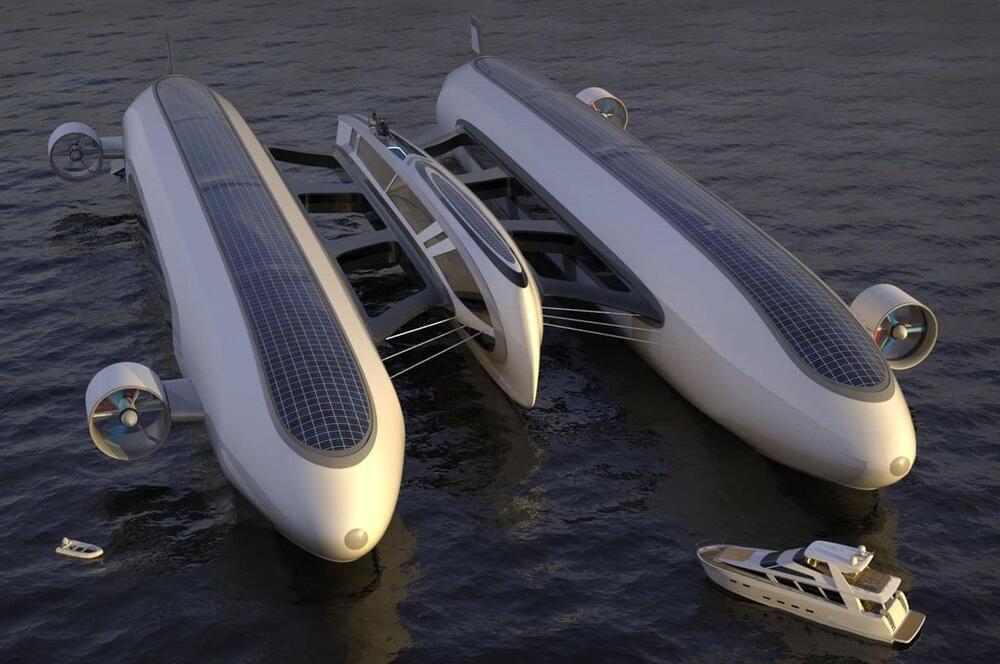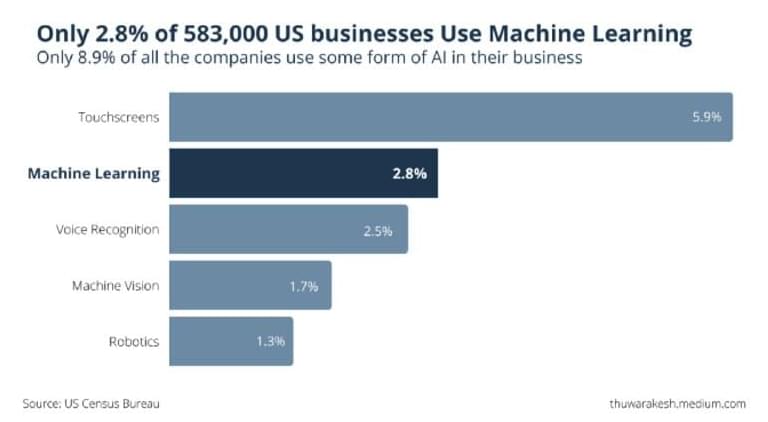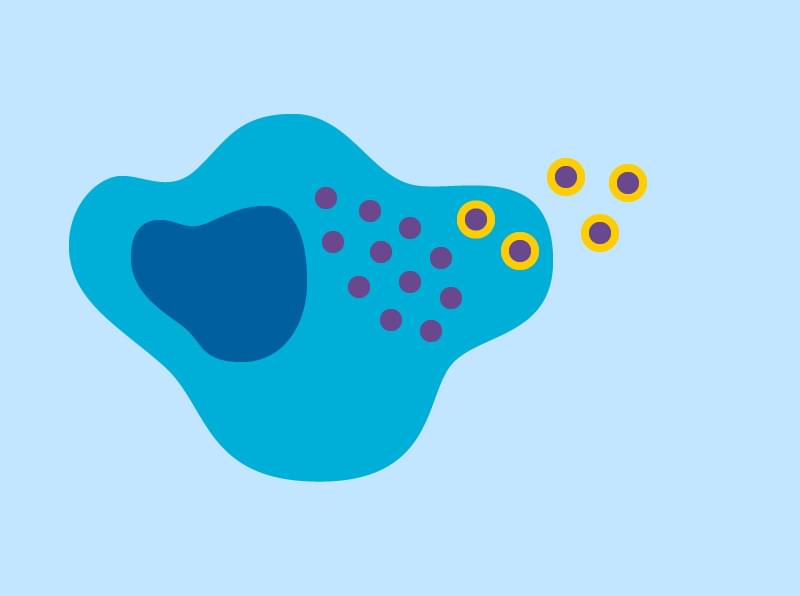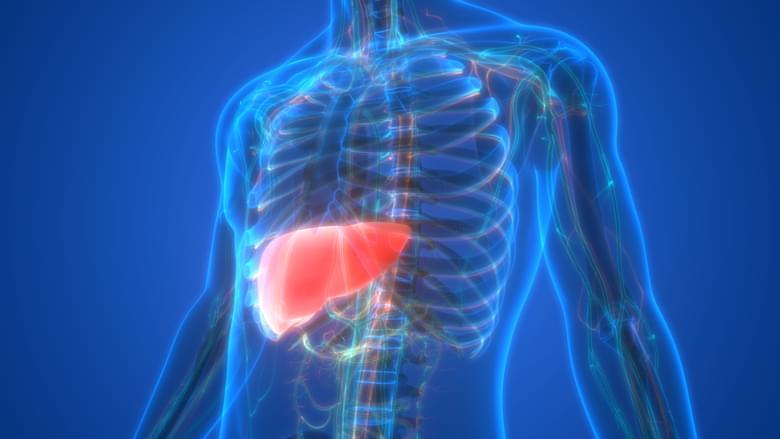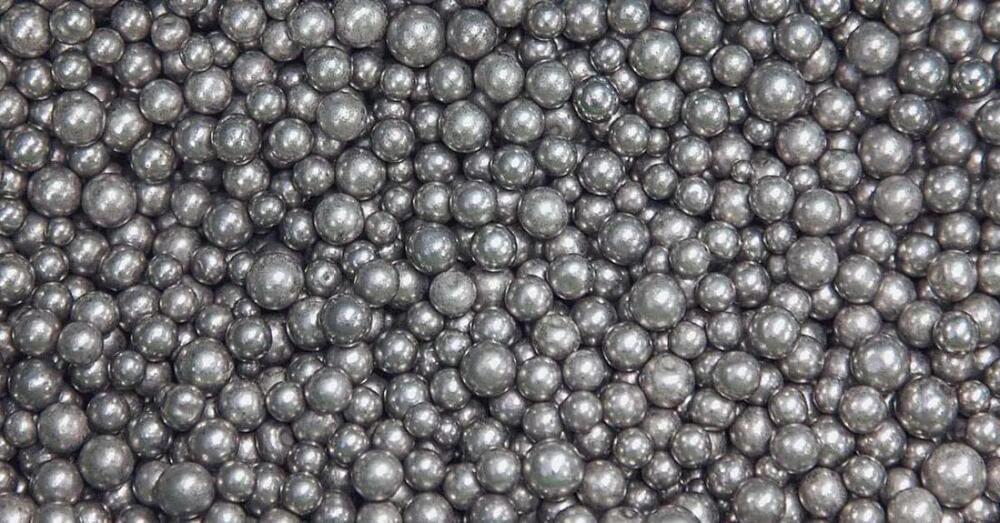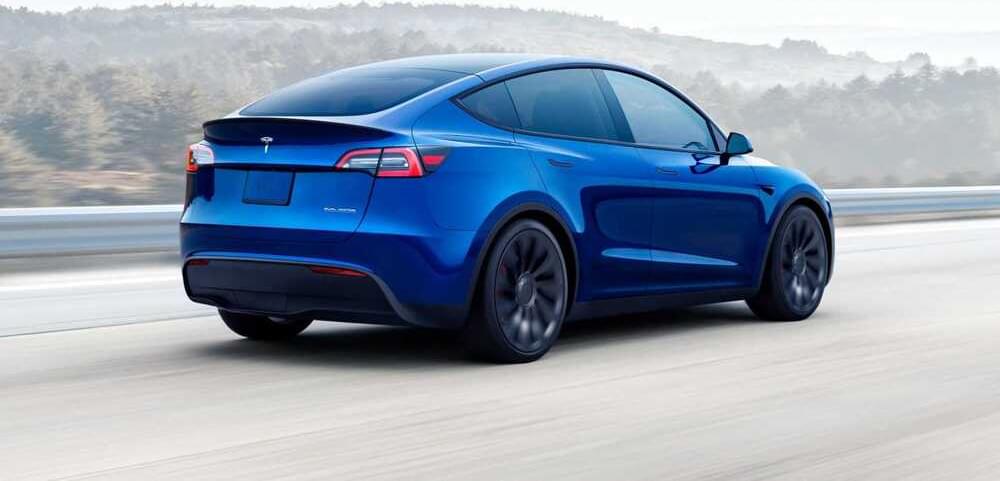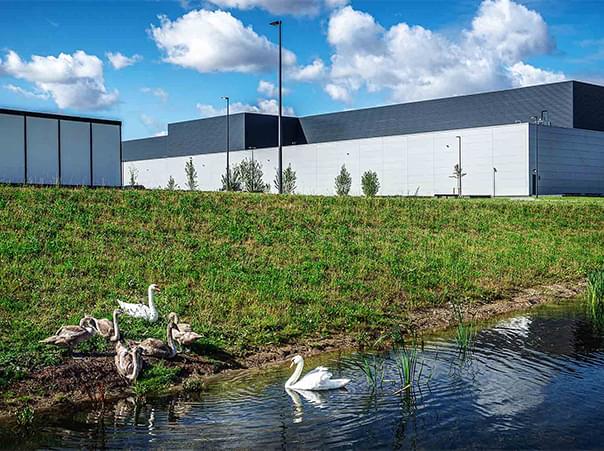A new smart type of food packaging promises to eliminate food poisoning by killing harmful bacteria.
According to scientists, the packaging destroys hazardous bacteria like E.coli, Salmonella, and Listeria, allowing meat, fish, fruit, and vegetables to last longer.
“Food safety and waste have become a major societal challenge of our times with immense public health and economic impact which compromises food security. One of the most efficient ways to enhance food safety and reduce spoilage and waste is to develop efficient, biodegradable non-toxic food packaging materials,” Philip Demokritou of Harvard Chan School, who co-led the work, said in a statement.
